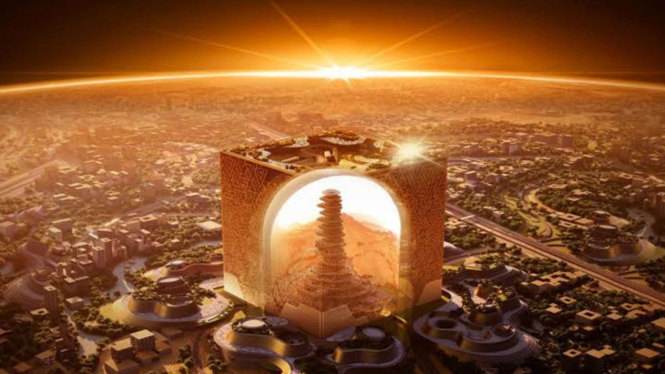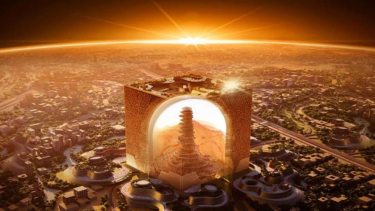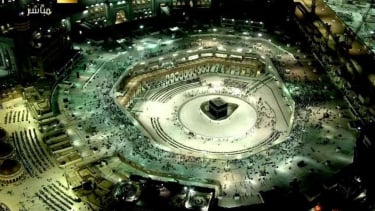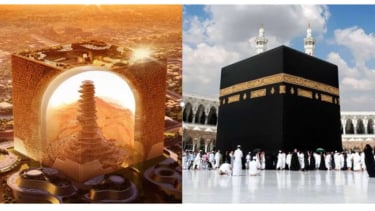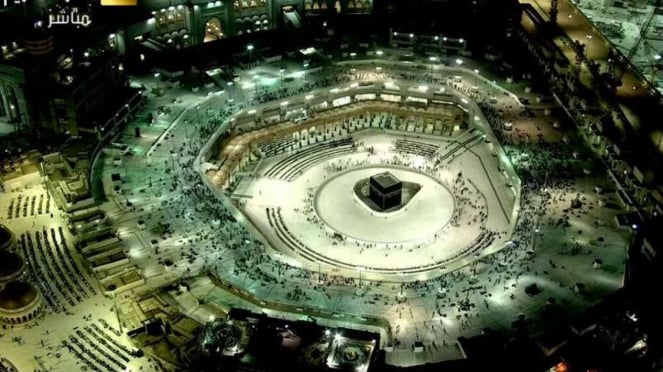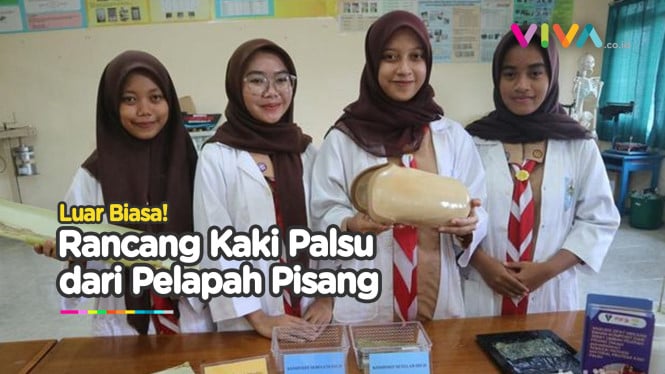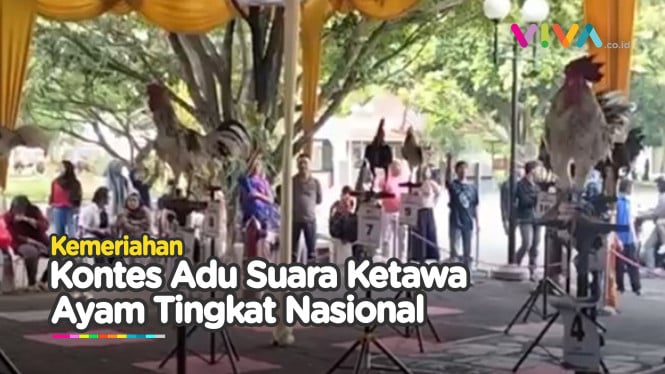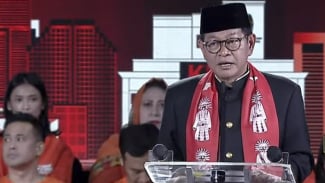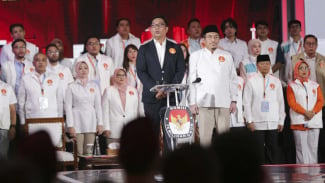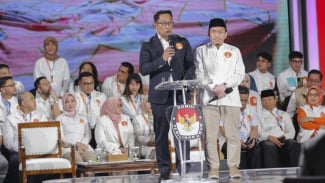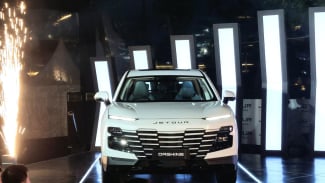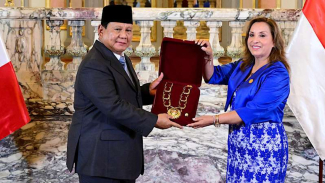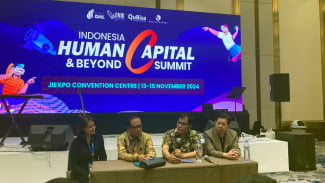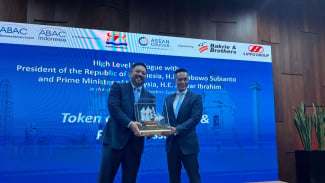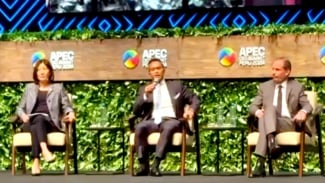3 Reasons Why Saudi Arabia Makes Cube-Shaped Super City: The Mukaab
- Al Arabiya
VIVA – Saudi Arabia plans to build a super city cube-shaped which will be completed in 2030. Introducing The Mukaab (derived from the Arabic word for ‘cube’), this mega-project will act as the centerpiece of the surrounding New Murabba project which aims to expand the footprint of the capital to house an estimated 350,000 residents over 4,695 acres.
The Mukaab will reach 1,312 feet in height and provide a mixture of residences, hotels, office space, and open-air parks and walkways. Indoor holographic projections, such as giant-sized people pictured above, will create immersive, futuristic experiences of the space.
It is known that the project is financed by the Public Investment Fund (PIF), which manages US$620 billion in state assets and is led by Crown Prince and Prime Minister Mohammad Bin Salman (MBS).
Well, here are three reasons why Saudi Arabia makes a super city, the Mukaab, as quoted from various sources.
1. It Aims to Regional Tourism and Investment Center
This development is also carried out by Saudi Arabia to win the race against Dubai and Qatar's capital, Doha, which previously tried to position themselves as regional tourism and investment centers. The focus of Saudi Arabia, which has been too much on Muslim tourists, has been shifted to non-Muslims.
"Being second in the race is always a tough place to start when you want to be a leader," said Simon Henderson, director of the Gulf and Energy Policy Program at The Washington Institute.
"They have spent decades not attracting non-Muslim foreign visitors," he added.
Citing the Global Destination Cities Index released by Mastercard, Saudi Arabia has so far managed to earn US$20 billion, or IDR 300 trillion, from Muslim tourists in 2018 through organizing the Hajj pilgrimage.
Ilustrasi suasana di Kabah, Masjidil Haram, Arab Saudi.
- Haramain
2. Saudi Arabia Vision 2030
Saudi Vision 2030 is a picture of the new economy of Saudi Arabia in 2030. In the vision, King Salman wants the country's dependence on oil and gas to be reduced and economic sectors diversified.
The country is focusing on building tourism to achieve the target of becoming one of the pillars of the economy in the future. Tourism will be the second GDP contributor after oil. More than US$500 billion is being spent on major projects. This is to revolutionize the tourism kingdom to match the trends of national and international audiences.
Reforms designed to open up to the world include rules to accommodate investment in the tourism sector. Another breakthrough is the e-visa that can be issued to tourists in just five minutes.
3. Oil Diversification
The Mukaab, bangunan di Arab Saudi yang mirip Kabah
- AsiaNews
Oil will be the one that experiences the most decline in demand, especially from transportation which has contributed the most to world oil demand.
The shift to renewable energy due to the world's carbon emission problem has led to an agreement by countries to jointly reduce carbon emissions. Saudi Arabia is the second largest contributor to carbon emissions in the Middle East after Iran.
According to the IEA (The International Energy Agency), in its "Energy Outlook 2021", oil demand will fall to 104 million barrels per day (mb/d) by the mid-2030s. It then drops very slightly until 2050. Meanwhile, in 2030 and 2050, oil demand for road transportation declines by more than 2 mb/d globally. By 2030, 15 percent of passenger cars on the market are electric and this increases to 30 percent by 2050.
Based on BP Statistical Review data, Saudi Arabia has oil reserves of 297,500 mb and is the second largest country in the world with a share of 17.2 percent of the world's total oil reserves. The country ranks second with a production of 11,039 mb/d.
![Blue economy untuk dongkrak pariwisata [dok. Humas PT PLN Indonesia Power]](https://thumb.viva.co.id/media/frontend/thumbs3/2024/09/10/66dffdc50d4d8-komitmen-esg-pln-indonesia-power-usung-blue-economy-dongkrak-sektor-pariwisata_375_211.jpg)

